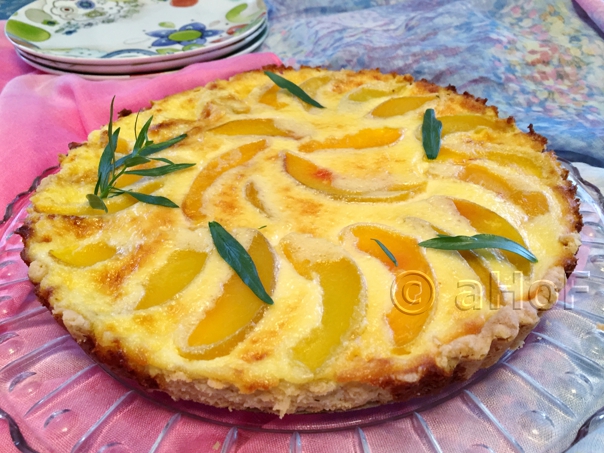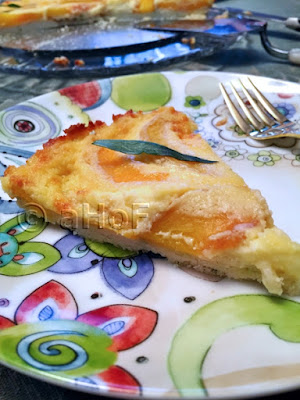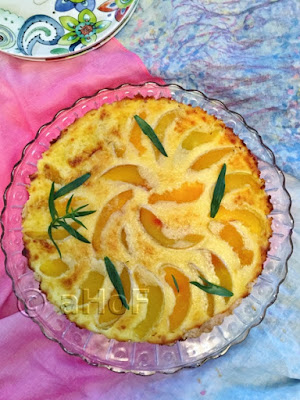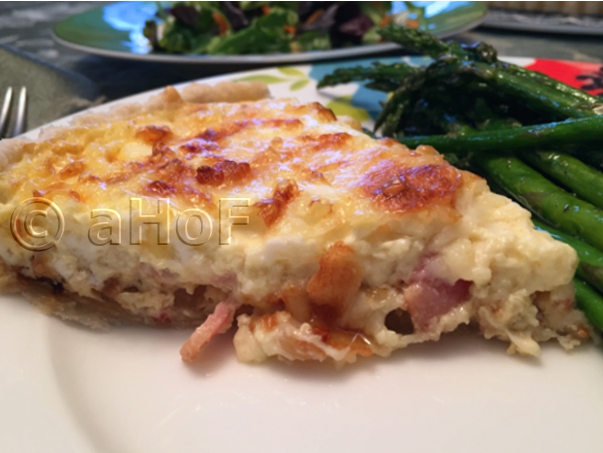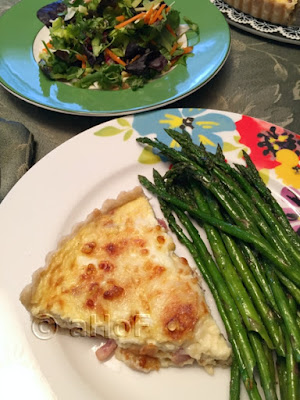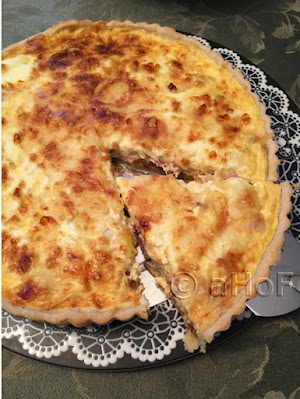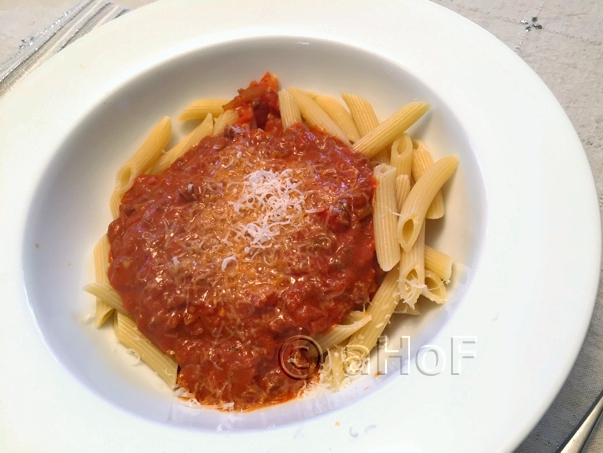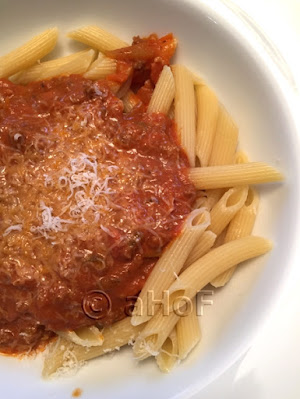Long ago, in Guatemala, I made a friend who is an Australian, believe it or not! She was married to a friend of my (at the time) Guatemalan husband. I got to know a little about Australians, their slang and lingo, and most importantly, I looked through her cookbooks, becoming familiar with the terms. One thing that jumped out right away was the use of "aubergine" instead of eggplant. Another was the use of grams instead of ounces or cups.
 |
| Chocolate Caramel Bars |
So when I found this recipe while perusing Facebook yesterday, it just looked so good. And I was feeling stressed. You know what they say: "Stressed is desserts spelled backwards!" So I went to the kitchen.
I will not begin to say this is a quickie dessert to be whipped up and eaten within the hour. No, it does require more effort than that. There are three distinct steps to the recipe. The first is making the crust. Which uses 9 tablespoons of butter. And then the caramel filling, using 2 cans of sweetened condensed milk, PLUS what they call "golden syrup", PLUS 9 tablespoons of butter. This recipe is nothing if not decadent! And then, probably the most innocuous part of the whole recipe: dark chocolate with 1 tablespoon of oil added.
The recipe calls for a 20 x 30 centimeter pan. I got out my trusty ruler and found this to be a 9 x 13-inch pan. I went further and used my Wilton, very straight sided 9 x 13-inch pan, so the sides would be very squared, rather than a regular 9 x 13 baking dish with rounded edges. This squared edge resulted in a much wider base, and a thinner bar. Mine were just a little over a half inch thick.
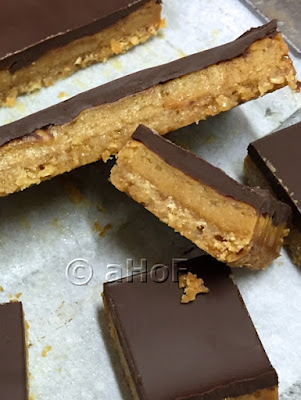 |
| Chocolate Caramel Bars |
Okay, once I had all the calculations, all I had to do is decide what to do about the golden syrup, which I do not have. I recall another recipe from Donna Hay that called for golden syrup, and my sister said something about approximating with honey mixed with corn syrup. This is what I did, with no more exactitude than pouring in an eyeballed half of the ⅓-cup measure, of honey, and then filling to the top with corn syrup. I used dark corn syrup, but I am pretty sure light would make no perceptible difference.
I hesitated with the idea of using the exact recipe here, as it comes from the Donna Hay website, but it is changed enough to almost count. Still, I would encourage anyone looking for a really decadent dessert that can be cut pretty tiny, if desired - do check out that website, because you will just drool all over your computer while perusing! I guarantee!
Much, much later.......
I have read recipes for nearly this same thing. This same layers: shortbread crust, caramel layer, topped with a chocolate glaze - and they are called Millionaire Bars, here in the U.S. Nothing is ever new!
Makes one 9 x 13-inch pan, about 64 small squares
CRUST:
1 cup all-purpose flour
½ cup dried, unsweetened coconut
9 tablespoons unsalted butter, melted
½ cup brown sugar
CARAMEL:
9 tablespoons unsalted butter, in cubes
2 cans (14 ounce / 396 grams each)
sweetened condensed milk
⅓ cup honey & corn syrup mixed (OR Golden Syrup, if available)
CHOCOLATE TOPPING:
7½ ounces 60% bittersweet chocolate
1 tablespoon oil (I used hazelnut oil)
Preheat the oven to 350 degrees. Line a 9 x 13-inch baking pan with parchment paper, leaving an overhang on the long edges to allow for lifting out later. Cut corners to fit. Spray the parchment lightly with cooking spray. Set pan aside.
Make the crust by combining the flour, brown sugar and coconut in a mixing bowl, then adding the melted butter. Stir until well-combined and turn into the prepared pan. Press gently and firmly to make the crust mixture fit to all the edges and covering the pan bottom with no holes or gaps. This can take a little time; be patient and carry on! Bake the crust for about 15 minutes, or until golden. Remove from oven.
While the crust is baking, make the caramel. Mix together the three caramel ingredients in a medium saucepan over medium heat. Stir the mixture with a whisk or a silicone spatula until butter is melted. Continue stirring vigorously, scraping bottom and sides of pan for about 7 to 9 minutes. Once crust is out of the oven, pour this mixture over the crust. Return the pan to the oven for another 15 minutes, rotating the pan once during baking. The top of the caramel should be a deep golden color and bubbling.
Remove the pan to a rack to cool, and once tepid, move to the refrigerator until cooled through. Once cooled, make the chocolate topping. Combine the chocolate and oil in a medium saucepan over the lowest heat possible, stirring occasionally until the chocolate is melted and the mixture is smooth. Alternatively, melt the chocolate in 1 minute bursts in the microwave. Pour the chocolate over the cooled bars and spread evenly to edges. Return the pan to the refrigerator for at least ½ hour. Use the parchment to help lift the bars out of the pan for easier slicing. Cut into narrow strips, about 1½-inch wide, then across into approximately 1½ inch squares.
https://www.donnahay.com.au/recipes/desserts-and-baking/classic-chocolate-caramel-slice
Chocolate Caramel Bars, a la Donna Hay
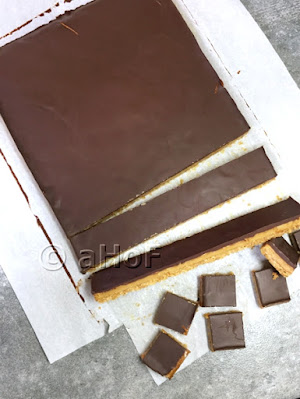 |
| Chocolate Caramel Bars |
CRUST:
1 cup all-purpose flour
½ cup dried, unsweetened coconut
9 tablespoons unsalted butter, melted
½ cup brown sugar
CARAMEL:
9 tablespoons unsalted butter, in cubes
2 cans (14 ounce / 396 grams each)
sweetened condensed milk
⅓ cup honey & corn syrup mixed (OR Golden Syrup, if available)
CHOCOLATE TOPPING:
7½ ounces 60% bittersweet chocolate
1 tablespoon oil (I used hazelnut oil)
Preheat the oven to 350 degrees. Line a 9 x 13-inch baking pan with parchment paper, leaving an overhang on the long edges to allow for lifting out later. Cut corners to fit. Spray the parchment lightly with cooking spray. Set pan aside.
Make the crust by combining the flour, brown sugar and coconut in a mixing bowl, then adding the melted butter. Stir until well-combined and turn into the prepared pan. Press gently and firmly to make the crust mixture fit to all the edges and covering the pan bottom with no holes or gaps. This can take a little time; be patient and carry on! Bake the crust for about 15 minutes, or until golden. Remove from oven.
While the crust is baking, make the caramel. Mix together the three caramel ingredients in a medium saucepan over medium heat. Stir the mixture with a whisk or a silicone spatula until butter is melted. Continue stirring vigorously, scraping bottom and sides of pan for about 7 to 9 minutes. Once crust is out of the oven, pour this mixture over the crust. Return the pan to the oven for another 15 minutes, rotating the pan once during baking. The top of the caramel should be a deep golden color and bubbling.
Remove the pan to a rack to cool, and once tepid, move to the refrigerator until cooled through. Once cooled, make the chocolate topping. Combine the chocolate and oil in a medium saucepan over the lowest heat possible, stirring occasionally until the chocolate is melted and the mixture is smooth. Alternatively, melt the chocolate in 1 minute bursts in the microwave. Pour the chocolate over the cooled bars and spread evenly to edges. Return the pan to the refrigerator for at least ½ hour. Use the parchment to help lift the bars out of the pan for easier slicing. Cut into narrow strips, about 1½-inch wide, then across into approximately 1½ inch squares.
https://www.donnahay.com.au/recipes/desserts-and-baking/classic-chocolate-caramel-slice

